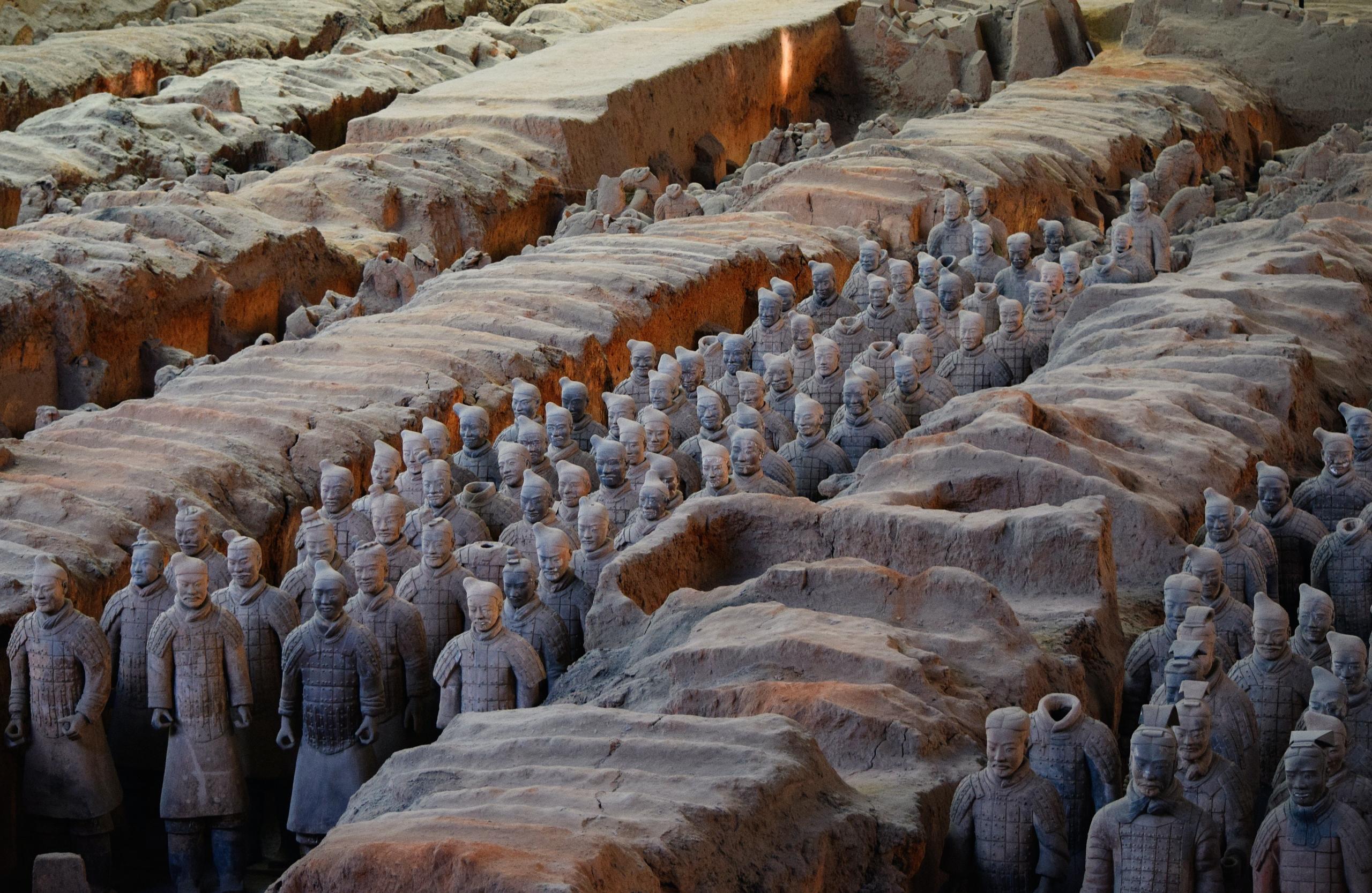Today, most of the world sees China as one of the world’s biggest production centers - the world's factory, as it were. Such generalizations overlook that, less than 100 years ago, China was not the unified country it is today. Through unification under one government, China brought forth and put to work its 5,000+ years of accrued knowledge. We see this ancient civilization’s impact on language, history and maths, thanks in part to the Chinese number system.
What to Know About the Ancient Chinese Number System
- Chinese numbers emerged across various dynasties
- Different Chinese states had their own numbering systems
- Chinese unification also unified the language and numbering system
- Pinyin and simplified characters make it easier to master Chinese numbers

An Overview of Ancient Chinese Numbers
In today's China, we mainly use two forms of numerals: the standard Chinese numerals and the Arabic numerals. The latter are used around the world.
Everyday number usage gives no hint of numbers' power or spiritual significance in Chinese culture. In Ancient China, numbers communicated vital information during 'religious' ceremonies. They kept the ancestors informed of battle losses, livestock riches and the dates of important events.
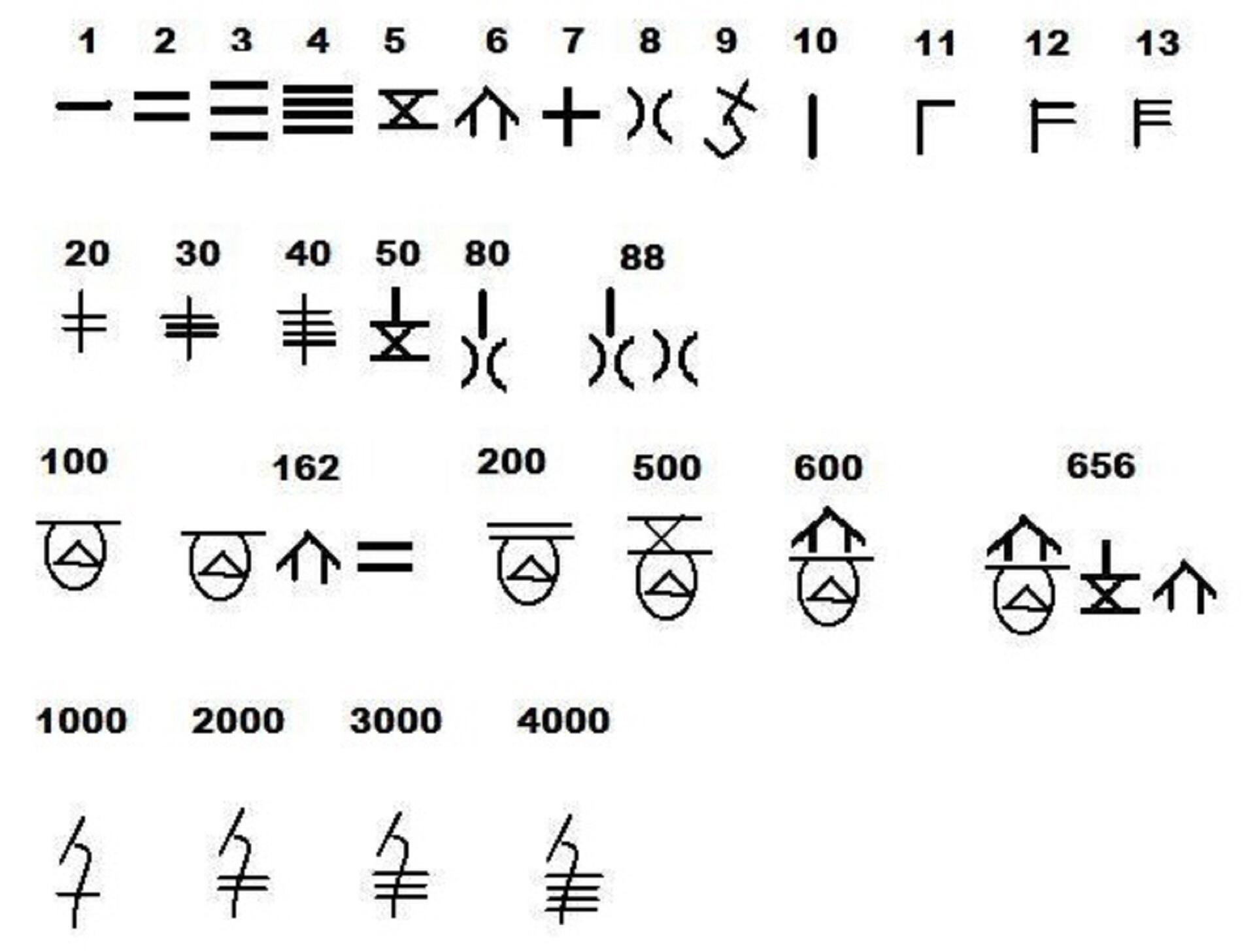
Archaeologists have discovered runes and tortoise shell fragments in Henan Province and other places around China. They had the symbols in the chart above etched into them. Scientists theorize those oracle bones were used to gain wisdom and plead for advice from their ancestors.
Traditional Chinese culture puts less emphasis on a general god, favouring instead the counsel of ancestors. Those long-gone people may be direct ancestors from one's own family or wise figures, such as Confucius or the Buddha.
Even in ancient times, the Chinese number system was logical to a fault. It didn't include a zero, as it wasn't a positional system. It is nevertheless decimal-based, and this system prevails today. Using simplified Chinese characters, we can demonstrate the concept like this:
百三 - bai san (103)
百十三 bai shi san (113)
百三十 bai san shi (130)
三百 san bai (300)
You might have spotted the pattern that helps determine the number's value in our simple example.
A smaller value following a larger value = addition (百三 means 100 + 3).
A smaller value leading a larger value = multiplication (三百 means 3 x 100).
This 'rule' applies in all cases. Let's examine the number 33 in simplified Chinese characters: 三十三 (san shi san). The higher-value symbol, 十, has threes in front and behind it. In Arabic numeral presentation, it looks like this: 3 x 10 + 3. Follow BODMAS rules - multiplication before addition, to get the correct answer: 33.
Ancient Chinese Counting System Denominations
Above, you read that ancient Chinese numbers didn't use zeros or placeholders, like the numbering system we use does. Instead, it uses distinct symbols to separate the units from the tens, hundreds, and thousands.
Western numbering systems group numerals by threes: 100 000 or 1 000 000, for example.
Chinese numbering systems group numerals by fours:
1000 (千 qiān)
1 0000 (万 wàn, or 104)
1 0000 0000 (亿 yì, or 108)
Whether you've learnt them in your Chinese language class or need to know them, this flashcard deck gives you a nice workout with Chinese numbers.
The biggest challenge to mastering the Chinese number system is recognizing what each character represents. Here, too, this system is as logical as it is elegant. For focused help, you can hire a math tutor online to guide your practice.
The Chinese Number System History
To understand one of the oldest number systems in the world and how it was used, one must know the history of ancient Chinese numbers.
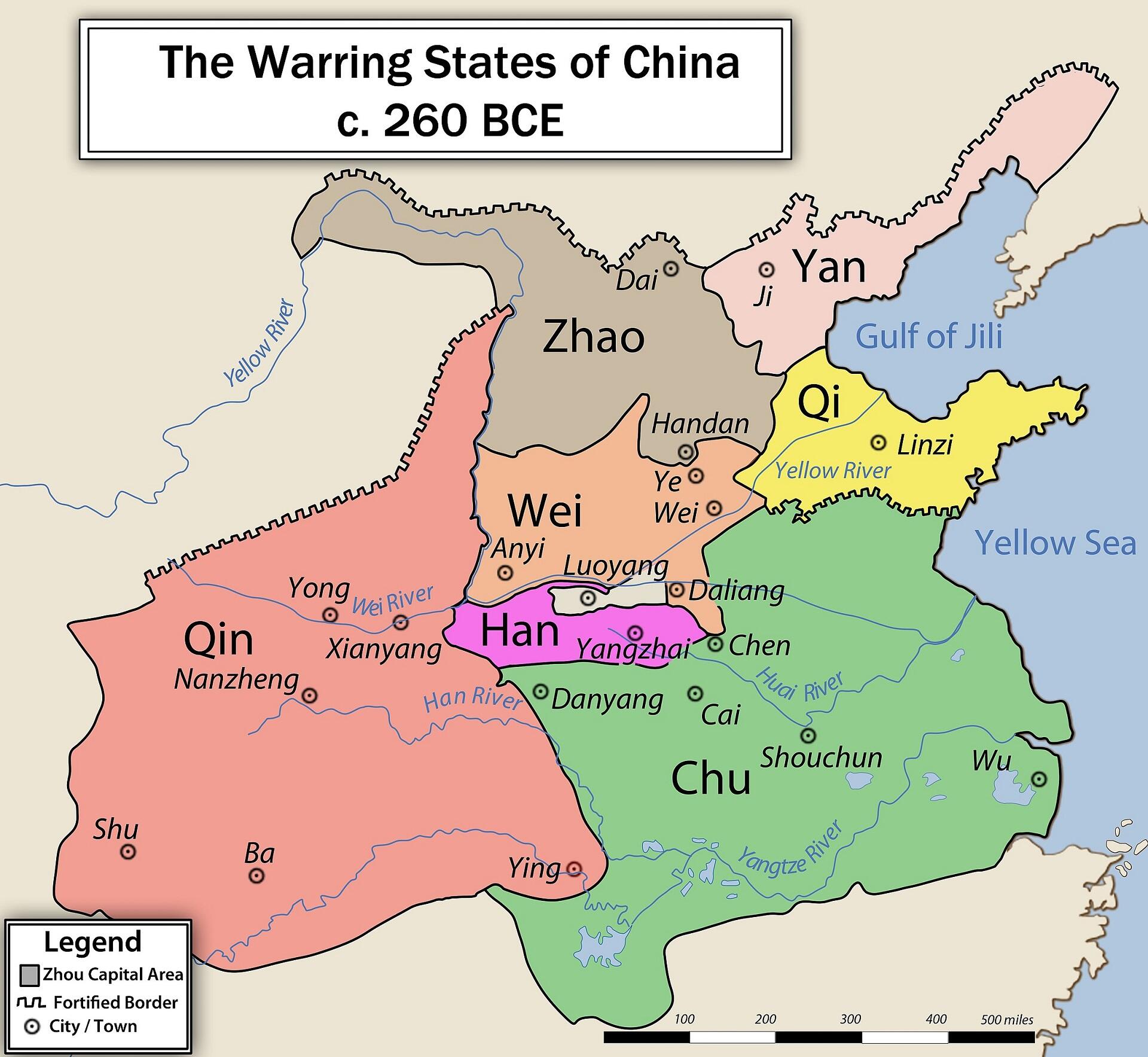
The numbering system used by this ancient civilization can be traced back to between 479 to 221 BC. This period was unstable due to the battles between different states for control of the lands. We call this era the Warring States period.
Even in those long ago days, Chinese society was highly organized. You might know that China pioneered the civil service system, for instance.
This system took root during the Qin Dynasty (221 - 207 B. C. E.). Such bureaucracy entailed keeping detailed records of all countable things:
Soldiers lost in battle.
Food stores and weaponry.
Livestock and treasury.
One important city in the history of math in this region is the village of Xiaodun, located in the modern-day Henan province. This region was the capital of the Late Shang Dynasty. The Shang Dynasty ruled between 1556 to around 1046 BC.
This dynasty is the earliest ruling dynasty in recorded history of the world. This means that the earliest written records in China date back to Shang rule. China did not invent paper until around 2 BC. They used jade, bronze, bones and tortoise shells as early writing materials, and bamboo strips or cloth as records.
Unfortunately, during the Warring States period, Qin Emperor Shi Huang Di commanded written records to be burned. Most of the mathematical texts of those times are gone, but a few remain, including one that is one of the oldest mathematical texts in the world.
Zhou Bi Suan Jing is filled with old value signs and numerals. It dates to around 500-200 B. C. E.
Suanshu Shu and Jui Zhang Suan Shu are two more mathematical texts from that time.
This text is not just linked to the rod and board style of maths. It also hints that the ancient Chinese formulated Pythagoras' theorem, independent of that Greek thinker. Which begs the question: How do Chinese and Greek mathematics compare?
We're more familiar with the latter, which focuses on deductive logic and proof. The Chinese math system developed independently, emphasising algorithmic problem-solving. Still, both traditions laid essential groundwork for the discipline, and their systems later converged through intercultural exchange.
How the Ancient Chinese Number System Led to Modern Chinese Numbers
As noted in this article's introduction, China wasn't always a unified land. As such, it makes sense that numbering systems across Chinese states and areas of Chinese enterprise weren't universal.
Rod numerals were typically used in commerce, as they were quicker to draw. They were also more adaptable; one could express negative numbers and indicate placement more efficiently through them.
Doing so simply entailed laying the rods either vertically or horizontally. For instance, to express the number 231, the merchant would lay out (or draw) the rods thus: ll三l. Alternating between vertical and horizontal positions signalled where one number ended and the next one began.
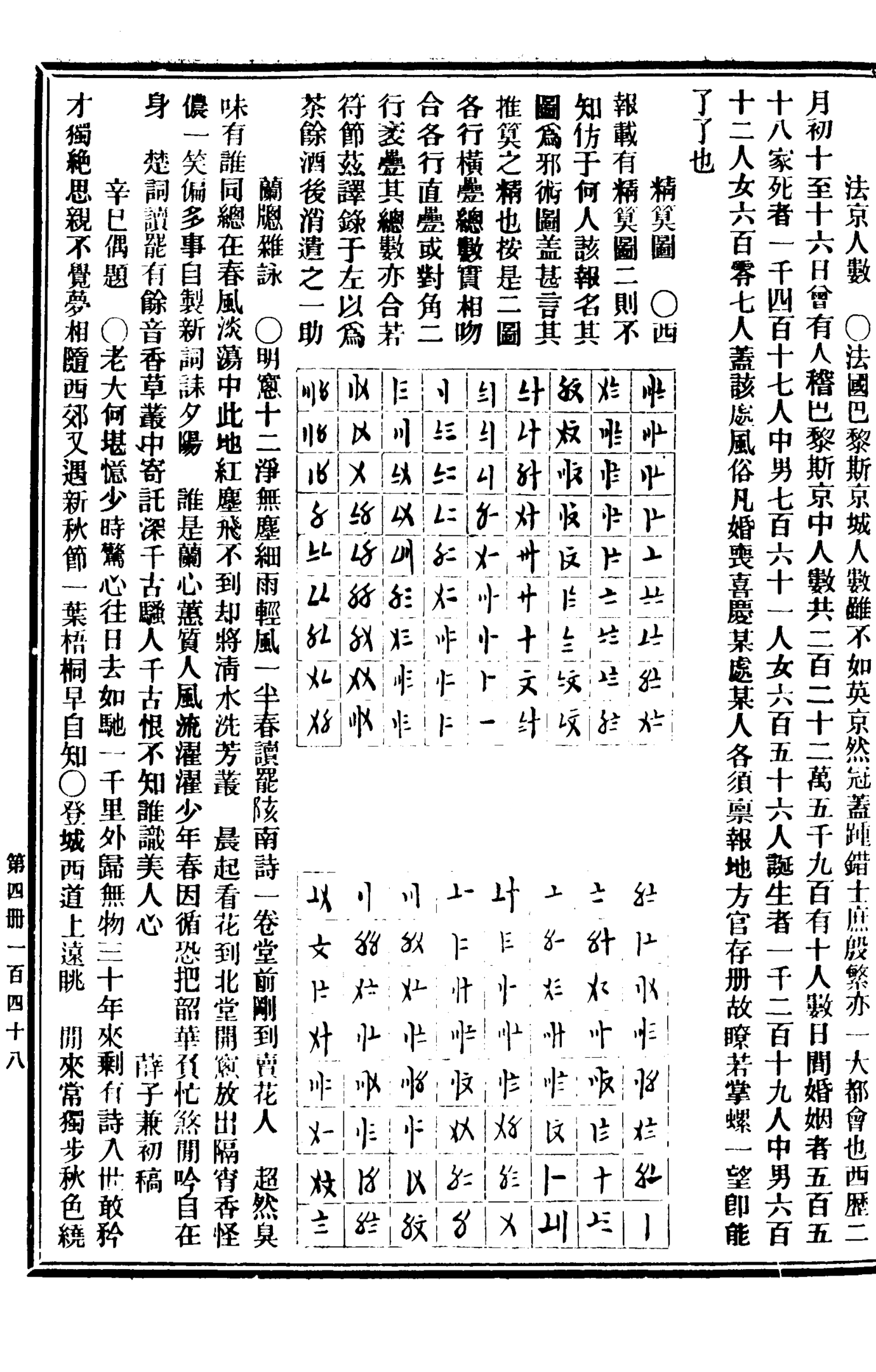
Notably, this ancient Chinese counting system featured a 0 (zero), as it would be impossible to distinguish the numbers' value without knowing their placement.
They were short bars mathematicians in Asia used to calculate.
Laid vertically, they represented integers.
Laid horizontally, they represented rational numbers.
These rods' written form were called rod numerals. They were used as described above to record quantities or express numerical values. They emerged sometime during the Warring States period, as several written records detail.
A good calculator doesn't use counting rods.
Laozi, Chinese philosopher (Tao de qing)
The rods' written representations mirrored their actual appearance, so their early layout was straightforward. Later, as computing grew more complex, the symbols evolved. These number representations would reemerge as simplified characters after the Second World War.
Counting boards emerged around the 4th century B. C. E. Resembling checker boards, they gave visual proof of place value, making the use of counting rods even more efficient. They also made the use of placeholders - zeros, unnecessary. The mathematician simply left the square unfilled if it had no value assigned.
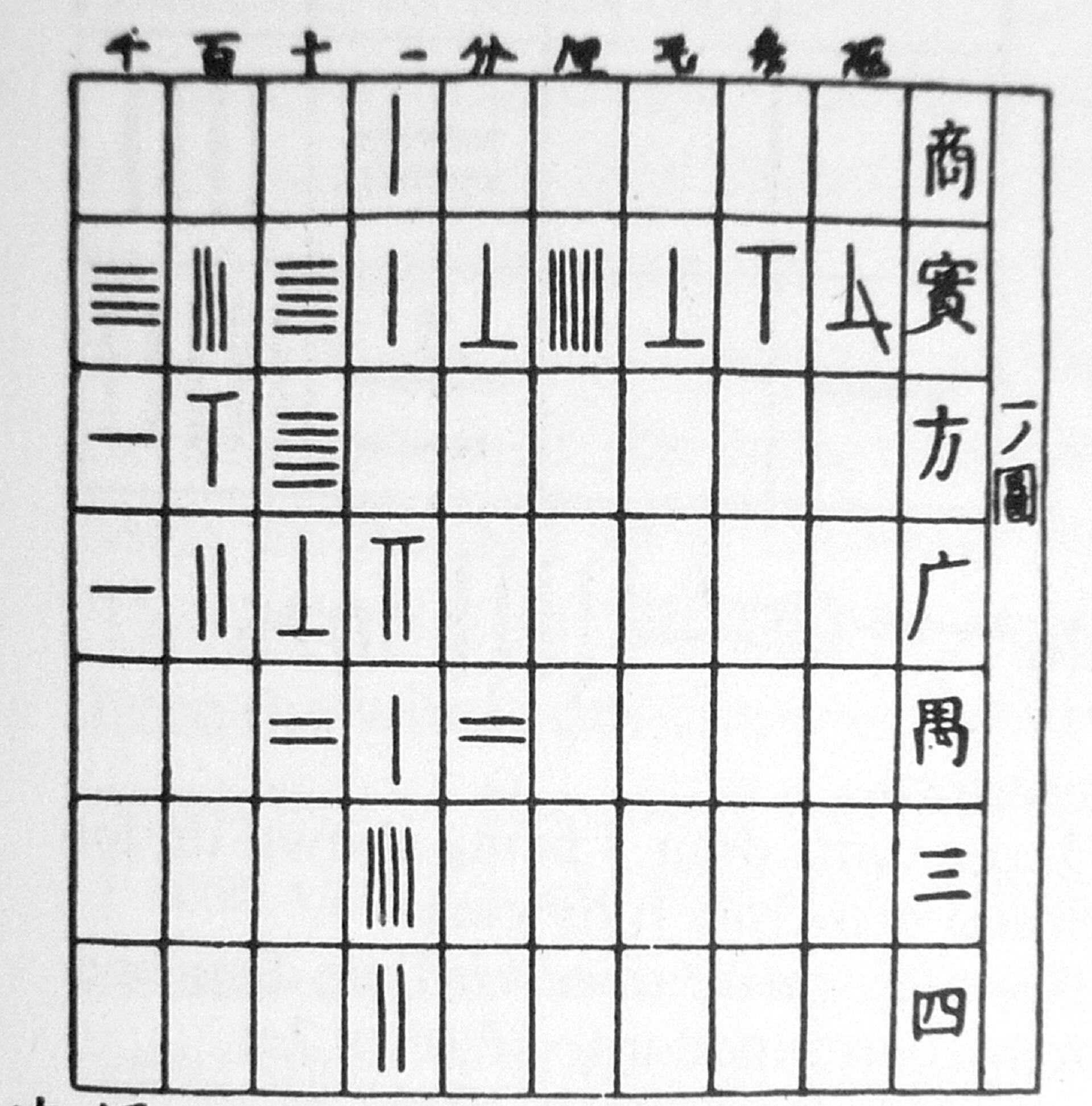
Searching for a private math tutor near me will show you all of the eligible teachers in your area. Additionally, for specialized guidance in mathematics, you may consider consulting a tutor math in the United States, who can help you delve deeper into the subject.
Ancient Chinese Numbers: What They Mean Today
In many ways, ancient Chinese numbers are still in use today. The (simplified) characters for 1, 2, 3, and 8 (一,二,三,八) remain the same as they were millennia ago. Others, such as five and ten (五,十) reflect their counting rod heritage.
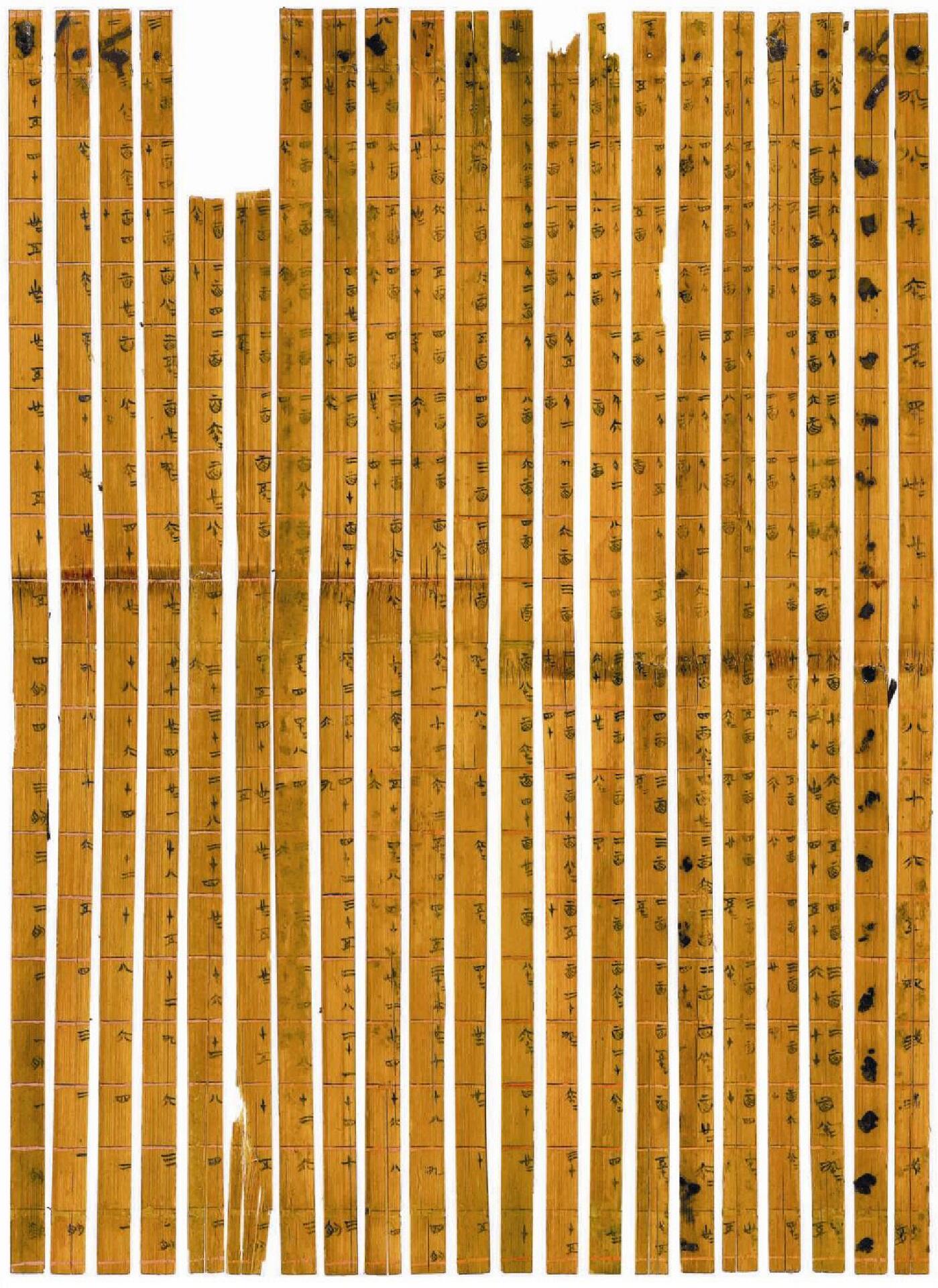
Like ancient Egyptian math, the Chinese did not use a positional numeral system. The ancient Chinese number system was so efficient that additional context was not necessary.
Later, as more number systems developed - as business and bureaucracy demanded more complex calculations, number systems evolved across China. So did the written symbols.
Today's Chinese numbering system still doesn't need placeholders. Furthermore, it makes a distinction between ordinary usage - the simplified characters on our flashcard deck, and traditional writing.
Numerology is still a spiritual practice in today's China. The number 8 holds special powers, while '4' is to be avoided at all costs, as it suggests only half the blessings and fortune.
Not only does four cut one's luck in half, it's also a homophone for the Chinese word for death.
Suzhou numbers, the only remaining example of rod numerals in use across China, features in museums and other cultural installations. School children practice writing complex traditional characters for each number as a cultural exercise (捌 versus 八, for example).
Essentially, we might say that today's Chinese number system returned to its Qin Dynasty roots. Elegant, efficient, and sufficient, now streamlined for today's mats usage. Can one say the same about Babylonian mathematics?

